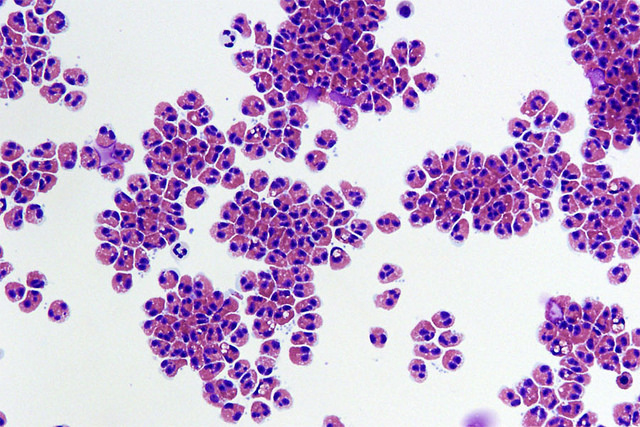The purpose of this study is to see if 40 mg of rosuvastatin taken daily will reduce the atherosclerosis (fatty deposits) in your arteries
Official Title
A 104-Week, Open-Label, Multi-Centre, Phase IIIb Study Evaluating the Effect of Treatment With Rosuvastatin 40 Mg on Atherosclerotic Disease as Measured by Intravascular Ultrasound and Quantitative Coronary Angiography in Subjects Undergoing Coronary Angiography Who Have Coronary Artery Disease
Conditions
Coronary Arteriosclerosis
Study Type
Interventional
Study Design
Treatment, Non-Randomized, Open Label, Uncontrolled, Single Group Assignment, Efficacy Study
Further Details
- Primary Outcome Measures: to evaluate whether 2 years of treatment with 40 mg rosuvastatin results in regression of coronary artery atheroma burden via the total atheroma volume in the most diseased segment or the percent atheroma volume, as measured by IVUS.
- Secondary Outcome Measures: to evaluate whether treatment with rosuvastatin results in:
- Regression of coronary artery atheroma burden, as assessed by TAV
- Regression of coronary artery disease as measured by quantitative coronary angiography (QCA).
- To evaluate the change in lipid and lipoprotein levels as assessed by percentage change from baseline.
- To evaluate the safety of rosuvastatin
Study Start
November 2002
Eligibility & Criteria
- Ages Eligible for Study: 18 Years and above
- Genders Eligible for Study: Both
- Inclusion Criteria: Clinical indication for coronary catheterization. Target Coronary Artery: The target vessel must have .50% reduction in lumen diameter by angiographic visual estimation throughout a segment of at least 40 mm in length (the target segment) and the vessel must be large enough to accommodate the IVUS catheter. A lesion of up to 60% is permitted distal to the target segment. Side branches of the target (imaged) vessel may be narrowed up to 70% by visual estimation, provided the target segment contains no lesion greater than 50%.
- Exclusion Criteria: Use of lipid-lowering medication for more than 3 months within the previous 12 months. Longer periods of treatment are not permitted because of the potential effects of such therapy on coronary atherosclerosis. Subjects receiving treatment with a lipid-lowering medication within the past 4 weeks require a 4-week wash-out period following which a baseline lipid profile will be taken at visit 2.
Total Enrolment
450
Contact Details
Australian Locations: Auchenflower, Clayton, Heidelberg, New Lambton
- Contact AstraZeneca
- Published Results
All content and media on the HealthEngine Blog is created and published online for informational purposes only. It is not intended to be a substitute for professional medical advice and should not be relied on as health or personal advice. Always seek the guidance of your doctor or other qualified health professional with any questions you may have regarding your health or a medical condition. Never disregard the advice of a medical professional, or delay in seeking it because of something you have read on this Website. If you think you may have a medical emergency, call your doctor, go to the nearest hospital emergency department, or call the emergency services immediately.







